The Evolution of Human Communication
Introduction
Communication is a fundamental aspect of human existence, enabling us to express thoughts, share information, and build relationships. But have you ever wondered how this remarkable ability originated? In this blog, we will embark on a captivating journey to uncover the origins of communication and unravel the milestones that have shaped its evolution over time.
The evolution of human communication can be broadly categorized into four distinct eras, each marked by significant advancements and shifts in communication technologies and practices.
They are,
- Oral Era
- Written Era
- Print Era
- Digital Era
Let’s discuss them further in detail in the context of Mass Communication.
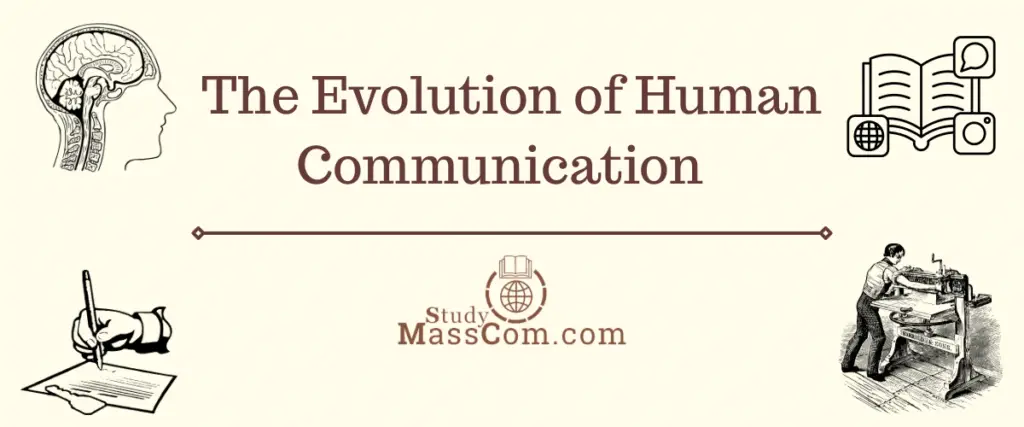
The Existing Foundations
Communication traces its roots back to our earliest human ancestors. While our distant predecessors lacked language as we know it, they communicated through early forms of nonverbal expression. Gestures, facial expressions, and body language served as the foundation for conveying emotions, intentions, and basic information.
Oral Era: The Emergence of Verbal Communication
The development of spoken language marked a pivotal moment in the evolution of communication. Around 100,000 years ago, Homo sapiens began to employ vocalizations and simple sounds to convey specific meanings. These early verbal expressions laid the groundwork for the complex language systems we use today.
Written Era: The Rise of Written Communication
The advent of writing revolutionized human communication, providing a means to record and preserve information over long periods. Ancient civilizations such as the Sumerians, Egyptians, and Chinese independently developed written scripts, allowing for the exchange of knowledge, the dissemination of ideas, and the growth of societies.
Print Era: The Influence of Technology
Technological advancements have consistently propelled communication forward. The invention of the printing press in the 15th century facilitated the mass production of books, enabling the spread of knowledge on an unprecedented scale. The telegraph, telephone, and eventually the internet further transformed communication, making real-time global connections possible.
The Language of Symbols
Visual communication has played a crucial role in human history. From ancient cave paintings to modern-day symbols and emojis, humans have long relied on visual representations to communicate complex ideas. Symbols transcend language barriers, offering a universal means of conveying messages.
Digital Era: Nonverbal Communication in the Digital Age
While face-to-face interaction remains a fundamental mode of communication, the rise of digital platforms has given birth to new forms of nonverbal communication. Emoticons, emojis, gifs, and memes have become integral to online conversations, allowing individuals to express emotions and add nuances to their messages.
Conclusion
Communication has evolved in remarkable ways throughout human history, starting from nonverbal gestures to sophisticated language systems and modern digital tools. As we continue to push the boundaries of technological innovation, the way we communicate will undoubtedly undergo further transformations. Understanding the origin and evolution of communication reminds us of the vital role it plays in our lives, connecting us across time, space, and cultures.
By delving into the roots of communication, we gain a deeper appreciation for this incredible human trait and the countless possibilities it holds for fostering understanding, collaboration, and progress in an interconnected world.
Remember, effective communication is not just about the medium we use but also the intent and clarity behind our messages. As we move forward, let us strive to harness the power of communication to build bridges, foster empathy, and forge a brighter future for all.
FAQs
The first form of human communication is believed to be oral communication or spoken language. While the exact origins and development of language are still debated among scientists and researchers, it is widely accepted that early humans relied on oral communication as a means to convey information, express emotions, coordinate activities, and engage in social interactions.
Four eras of communication are: Oral Era (During this era, communication was primarily based on spoken words, passed down through generations in the form of stories, myths, and legends); the Written Era (The written era emerged with the invention of writing systems, which allowed information to be recorded and transmitted across time and space); the Print Era (The print era, ignited by Johannes Gutenberg’s invention of the printing press in the 15th century, revolutionized communication on a global scale); the Digital Era (The digital era represents the most recent and ongoing phase of human communication. It began with the advent of computers, followed by the development of the internet and digital technologies).
Human communication, in its most basic form, likely began with the emergence of Homo sapiens, our species. While it is challenging to determine an exact timeframe, Homo sapiens is believed to have evolved around 300,000 to 200,000 years ago in Africa. As our species developed, so did our ability to communicate with one another.
Human communication is a fundamental process that facilitates the exchange of information, expression of thoughts and emotions, building relationships, problem-solving, influencing others, cultural integration, learning, entertainment, and social change. It is a cornerstone of human interaction and essential for personal, social, and professional development.

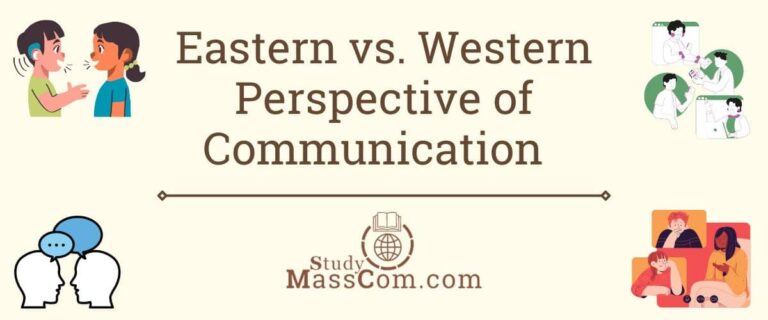
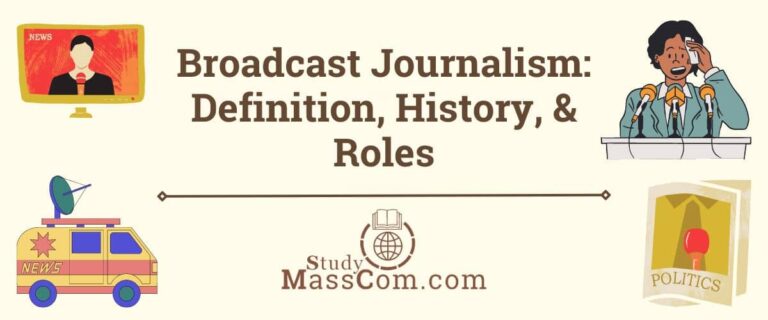

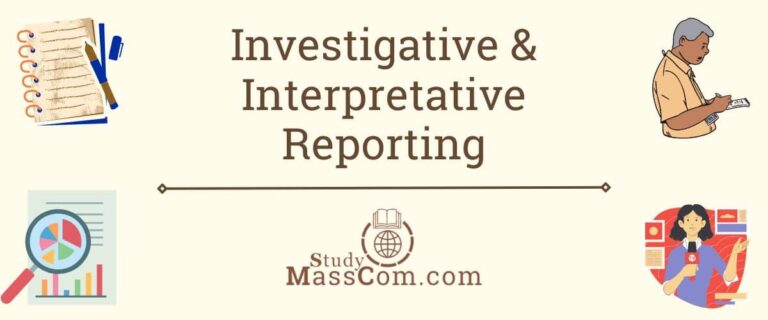
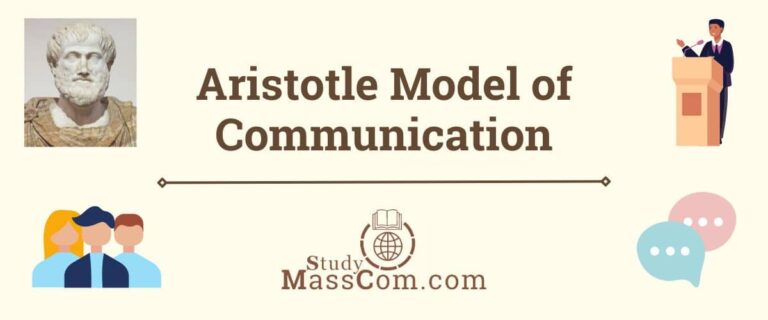
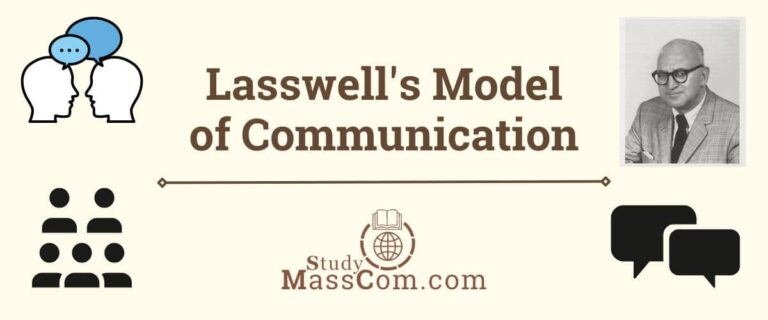
Good paper. Well written. But before oral communication during stone era, was there no communication? I feel during stone era, they were communicating by putting on huge fire. This fire was the origin of today’s search lights or light house.
This is what I understand. Please correct me if I am wrong.
Wow!! This is simply amazing! I am doing a communication essay, and may I say wow! I am very intrigued!! I had no idea that it was this intense!